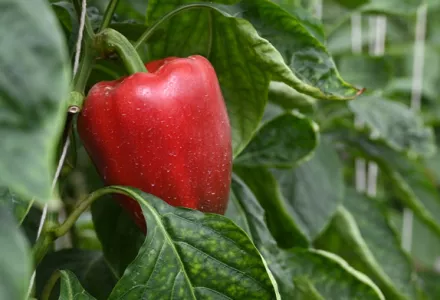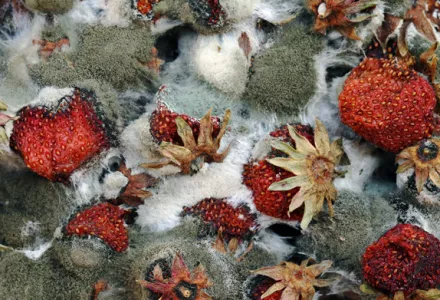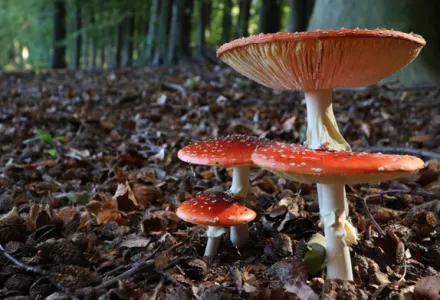Microbes are widely available in the market and each perform in a specific way – providing different benefits and are naturally more or less suited for certain grow systems. Let's take a closer look at the most common microbes and how they work.
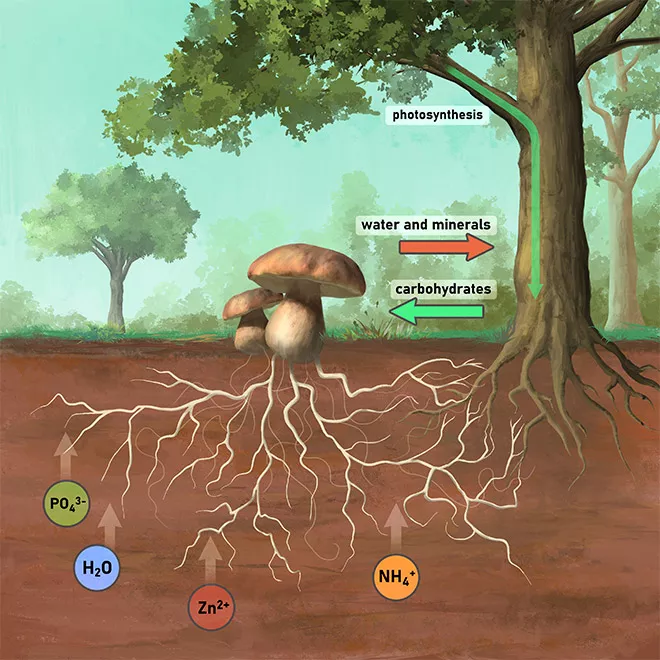
Mycorrhizal fungi
Mycorrhizae are fungi that form a symbiotic relationship plant roots, where the plant provides sugars and the fungi provides water and nutrients to the plant. Some edible mushrooms grow in this way, such as truffles which depend on partnerships with hazelnut and oak. There are two types of mycorrhizae: endomycorrhizae and ectomycorrhizae. Ectomycorrhizae develop primarily with tree species such as pine, beech, oak, or birch and grow on the surface or just barely scratching the plant root. Endomycorrhizae colonize inside the root and are mutualistic with herbaceous plants such as tomato, tobacco, and medicinal plants. Be aware that mycorrhizae are species specific when selecting a microbial product for your plants.
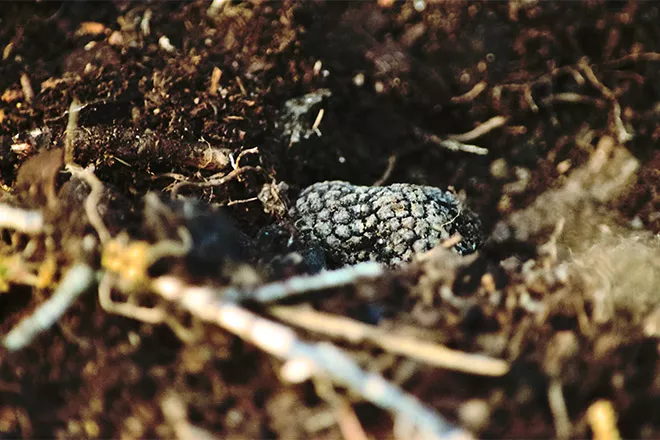
Mycorrhiza provide plants with contact to farther reaches of the root zone – giving it the advantage of absorbing nutrients it otherwise might not be able to access. Mycorrhizae are found naturally in outdoor settings and can help plants attain greater access to nutrients. In indoor production, where plants are watered and well-fertilized with readily available mineral nutrients, mycorrhizae would not provide as much benefit in this capacity.
Trichoderma Fungi
Trichoderma is a genus of fungi that thrive in growing mediums high in organic matter. These fungi establish symbiotic relationships with plant roots. Trichoderma secretes enzymes and substances that cause the plant to produce defense proteins and phytoalexines (a fungicide/bactericide substance), regardless of the presence of a pathogenic attack.
In doing so, the plant is already jacked and defenses are up, just in case.
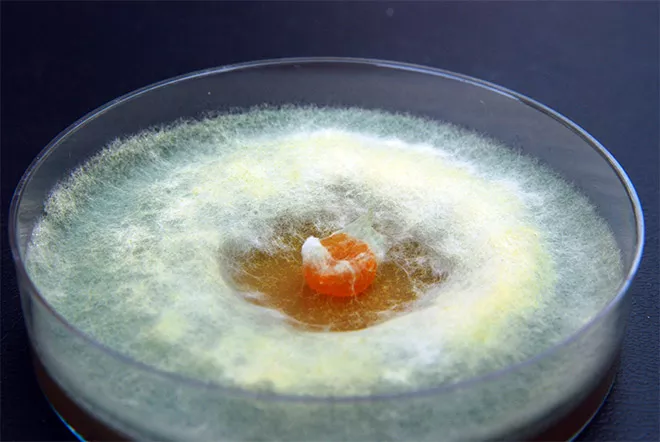
Some species of Trichoderma are capable of microparasitism, meaning it will parasitize other possible plant pathogens. For example, some Trichoderma has been useful for combating Rhizoctonia solani, a fungus causing damping off and rotting of the root, as well as Pythium and Phytopthera. This mycoparasitism also stimulates the plant's defenses.
Rhizobacteria
As rhizobacteria, also known as rhizobia, colonize roots of the plants, they fix nitrogen from gaseous form found in the atmosphere and turn it into a solid form, held within the plant. Since nitrogen is one of the most demanded nutrient for plants, this is quite a helpful benefit. These nitrogen-fixers collaborate specifically with leguminous plants like clover, bean, and pea varieties. The nitrogen fixing process happens in root "nodules", which are little bumps growing off of the roots. When these leguminous plants are incorporated back into the soil and decompose, the nitrogen that they had fixed slowly breaks down and becomes plant-available to the next crop grown in that same soil. In essence, the rhizobacteria in concert with leguminous plants can provide a relatively cheap form of nitrogen, but – getting that nitrogen from the atmosphere and incorporating it into the growing media does require time.
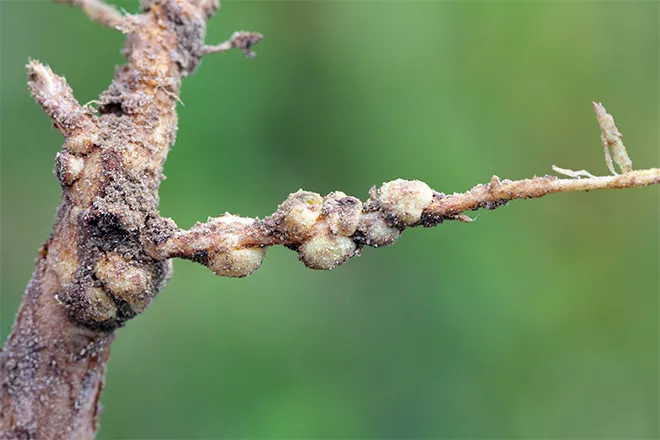
There are other atmospheric nitrogen-fixing bacteria genera that do not develop in the interior of the plants or in the rhizosphere and, therefore, are not considered rhizobacteria, like hose of the Azotobacter genus, which feed on decomposing organic matter in the soil. Be mindful that when growing in systems where mineral nitrogen is readily available, such bacteria will have a less vital role to play with nutrient cycling, but in long-term systems with crop rotations there is much greater room for application. Also, consider if the bacteria selected is plant specific – such as certain rhizobacteria with leguminous plants.
Like Trichoderma, there are rhizobacteria that are able to mobilize inorganic phosphorus and iron, which can be found in the soil as insoluble compounds unavailable to plants. Some of these bacteria are of the genera Bacillus, Pseudomonas, Amyloliquefaciens, Rhizobium and Erwinia.
Bacteria as a disease control agent
Rhizobacteria can enhance production of plant defenses in case of pathogenic attack. Others are helpful with stress tolerance, such as Bacillus and Amyloliquefaciens. Bacteria can also be a suitable candidate for preventing root rot such as damping off and even to combat aerial fungi such as Botrytis. Many rhizobacteria are producers of a type of antibiotics, some with fungicidal or antiviral properties. The main rhizobacteria that produce this type of antibiotics are those of the genus Pseudomona and Bacillus.
Choose Your Microbe Squad Wisely
When it comes to picking your microbe squad, think about what your plant team needs. Do you need help with nutrient cycling, disease prevention, or just overall plant TLC? Take a moment to review your system's needs and see how these microbes can fit right in or are maybe unneeded. The more you evaluate before you make additions to your system, the better prepared you will be to enjoy your system's full potential.

